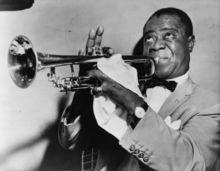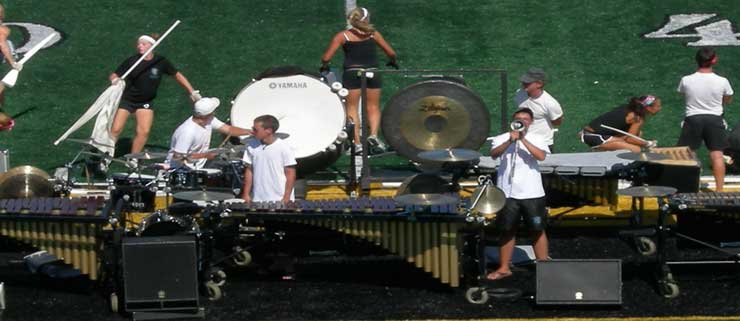 Having an understanding of the modes of the major scale is an important skill for any aspiring musician. While there have been volumes of books written on the seven different modes and their usage in both modern and historical music, many people still struggle to grasp the practical application of these common scales. Breaking down and comparing the interval and chord structure of each mode can help to alleviate much of the mystery and confusion that is often associated with learning and applying the modes of the major scale.
Having an understanding of the modes of the major scale is an important skill for any aspiring musician. While there have been volumes of books written on the seven different modes and their usage in both modern and historical music, many people still struggle to grasp the practical application of these common scales. Breaking down and comparing the interval and chord structure of each mode can help to alleviate much of the mystery and confusion that is often associated with learning and applying the modes of the major scale.
Â
Â
The following article provides an intervallic and chordal break-down of each mode, and provides an explanation of how to apply each mode to a performance situation. For a similar break-down of the melodic minor scale modes please visit this article.
Legend
W = Whole-Step
H = Half-Step
R = Root of the Mode
Interval Structure = The make-up of each mode from the key of C, with each interval, either Whole-Step or Half-Step, listed below the notes in the mode.
Chord Structure = The mode as it is found when stacked in thirds, providing a seven note chord. The chord symbol next to each chord structure is the chord in its most detail, including all appropriate upper extensions.
Â
Ionian
The Ionian mode is from first note of the major scale and is often simply referred to as the major scale. This mode is most often used over a maj7 chord, especially when found in a iim7-V7-Imaj7 progression. When the notes of the mode are stacked in thirds it spells out a Maj7 chord with a natural 11th. This note, the natural 11, helps to distinguish it from the Lydian mode, which has a #11, with all the other notes being the same between the two modes.
Interval Structure
C D E F G A B C
W W H W W W H
Chord Structure - Cmaj13(11)
C E G B D F A
R 3 5 7 9 11 13
Â
Dorian
The Dorian mode is built from the second note of the major scale, and when stacked in thirds it spells a minor 7th chord with a natural 13th. The natural 13th helps to distinguish this mode from the Aeolian mode, which has a flat 13th, because otherwise both modes share the same notes. This scale is often used by jazz musicians when soloing over minor seventh chords, especially in a iim7-V7-Imaj7 progression, and was used by Miles Davis as the basis for his famous composition "So What."
Interval Structure
D E F G A B C D
W H W W W H W
Chord Structure - Dm11(13)
D F A C E G B
R b3 5 b7 9 11 13
Â
Phrygian
The Phrygian mode is built from the third note of the major scale and when stacked in thirds spells a minor 7th chord with a flattened 9th and 13th. This mode is most often used when soloing over a m7 chord, which adds a "Middle Eastern" characteristic because of the b9, but it can also be used to solo over a dominant 7th chord. Because the Phrygian mode contains several "altered" intervals over a 7th chord, b9, b3(#9) and b13, jazz musicians have used this scale in place of the Altered scale. This usage can be heard in John Coltrane's famous solo break on the Miles Davis recording of "On Green Dolphin Street" where he plays G Phrygian over G7alt.
Interval Structure
E F G A B C D E
H W W W H W W
Chord Structure - Em11(b9, b13)
E G B D F A C
R b3 5 b7 b9 11 b13
Â
Lydian
The Lydian mode is built from the fourth note of the major scale and contains only one different note from the major scale, the #11. This note, the raised 11th, gives it a "brighter" sound than the Ionian mode, which shares every other note with Lydian, and is most often used to solo over a maj7, or more specifically, a maj7#11 chord. Even though the mode is built off of the fourth note of the major scale, jazz musicians often use this scale over a tonic maj7 chord, for example, over the Imaj7 chord in a iim7-V7-Imaj7 chord progression.
Interval Structure
F G A B C D E F
W W W H W W H
Chord Structure - Fmaj13(#11)
F A C E G B D
R 3 5 7 9 #11 13







 Scroll down to view the comparison chart of over a dozen different portable digital audio recorders.
Scroll down to view the comparison chart of over a dozen different portable digital audio recorders.